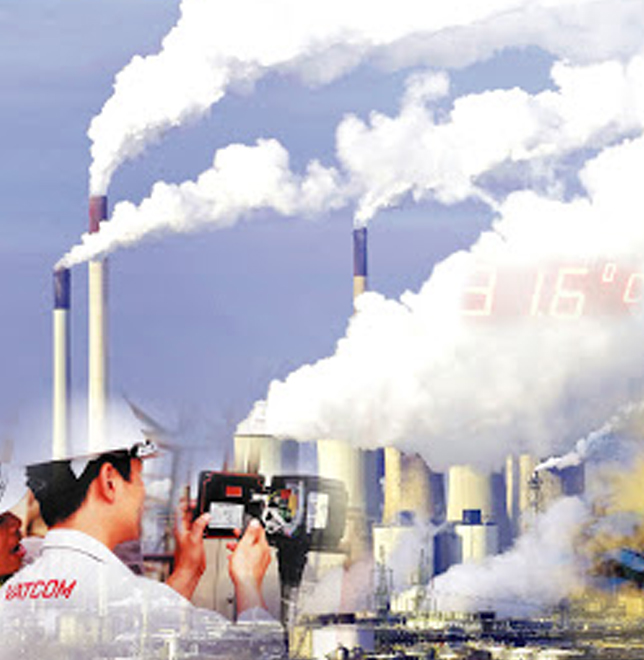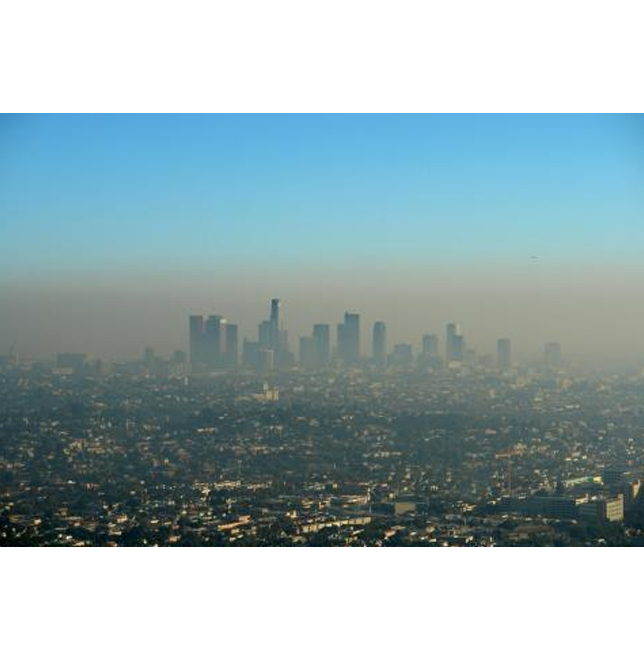Welcome to factory & industry business
Pollution Monitoring Systems
Product Description
Water Quality Monitoring System (WQMS)Water Quality Monitoring System (WQMS) is a facility to measure pollutants such as Chemical Oxygen Demand (COD), Total Phosphates (TP), Total Nitrogen (TN) etc. The required parameters are customized according to the type of factory and discharge regulations.
Features
• Monitor temperature, DO, pH, conductivity, and 17 additional parameters at the
same time
• High quality, rugged sensors
• Battery powered for remote locations
• User-friendly Windows™ and Windows™ CE-based PDA software included
• Four sample modes: timed, 10 times per
second, logarithmic, and exception
• Both USB and serial communication ports
• Rugged, lockable, weather resistant

Continuous emission monitoring system(CEMS)
a) PM (Particulate Matter)
b) HF (as Total Fluoride)
c) NH3 (as Ammonia)
d) SO2 (Sulphur Dioxide)
e) NOX (Oxides of Nitrogen as NO2)
f) Cl2 (Chlorine)
g) HCl (Hydrochloric acid) and HF (Hydro Fluoric Acid)
h) TOC (Total Organic Carbon) / THC (Total Hydro Carbon) / VOC
(Volatile Organic Carbon)- CnHm
i) Hg (Gaseous mercury)
j) Process parameters (Mandatory) to be monitored at each stack at
sampling point/plane:
1 Temperature
2 Flow (applicable wherever load based standards
prescribed and DC Tribo system installed for monitoring
of PM)
k) Diluents gas CO2 or O2 as prescribed in the emission standards of
respective processes /industries
l) Carbon Monoxide as prescribed in the emission standards of respective
processes /industries i.e. Incinerators, etc.;
m) The emission values should be corrected for Moisture Content (For
Insitu and Hot extractive analyzer real time moisture monitoring values of
inbuilt measurements can be used). Moisture content value recorded
during manual monitoring conducted by empaneled labs, at the time of
verification/calibration can be considered for correction.
n) For normalization of emission values absolute pressure is also required
to be monitored in the sampling plane. Value recorded during manual
monitoring can be used for normalization.
o) Real time moisture monitoring is incinerator stack.

Ambient quality monitoring system
The starting point of air quality monitoring is to first study if an area has an air pollution problem. Monitoring helps in assessing the level of pollution in relation to the ambient air quality standards. Standards are a regulatory measure to set the target for pollution reduction and achieve clean air. Robust monitoring helps to guard against extreme events by alerting people and initiate action. We regulate a total of 12 pollutants, including SO2, NO2, PM10, PM2.5 (particulate matter of up to 10 micron and up to 2.5 micron size), ozone, lead, arsenic, nickel, CO, NH3, benzene, and BaP (particulate phase). Across cities, only SO2, NO2 and RSPM / PM10 are monitored regularly. Other pollutants, such as PM2.5, O3, CO, BTX, heavy metals are monitored in select cities as capacity is still being built. India has set a target for states to meet National Ambient Air Quality Standards (NAAQS) in urban areas by 2017.

we supply and install all of types Pollution Monitoring Systems



